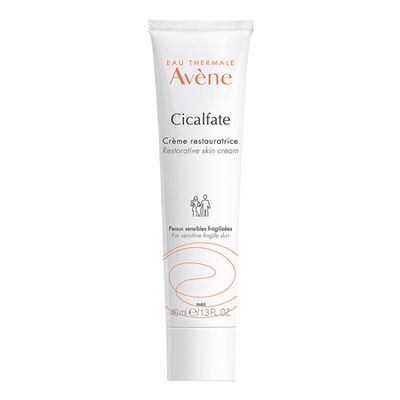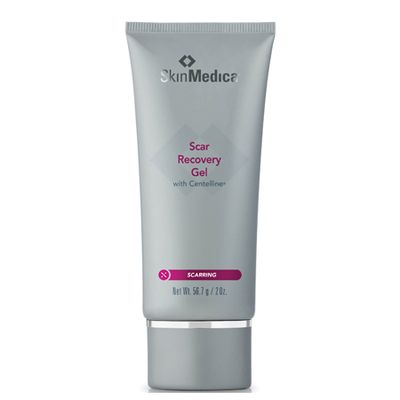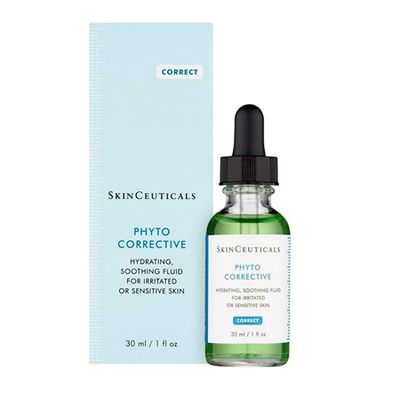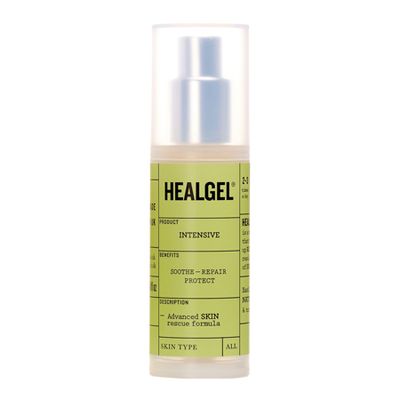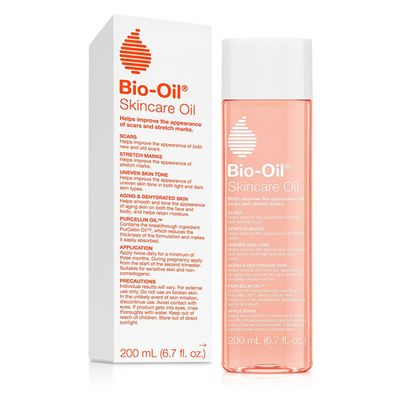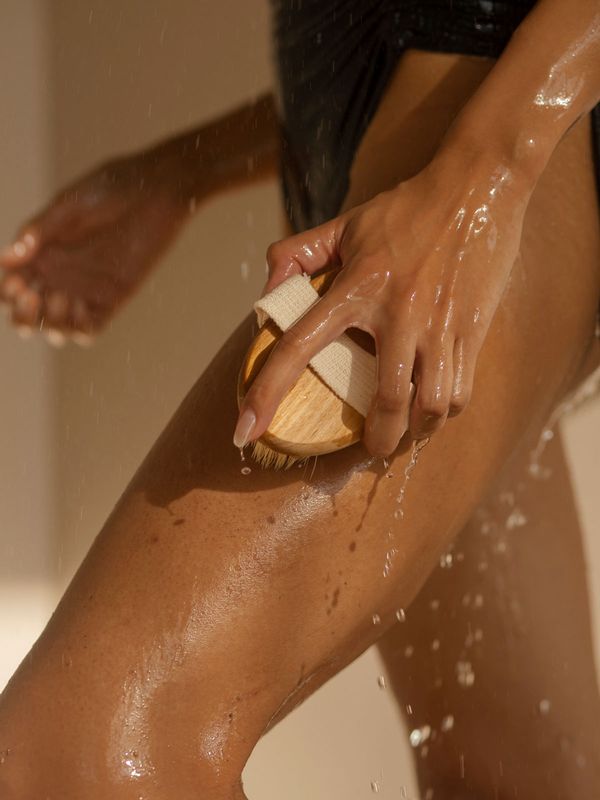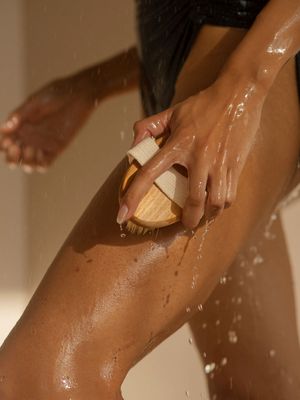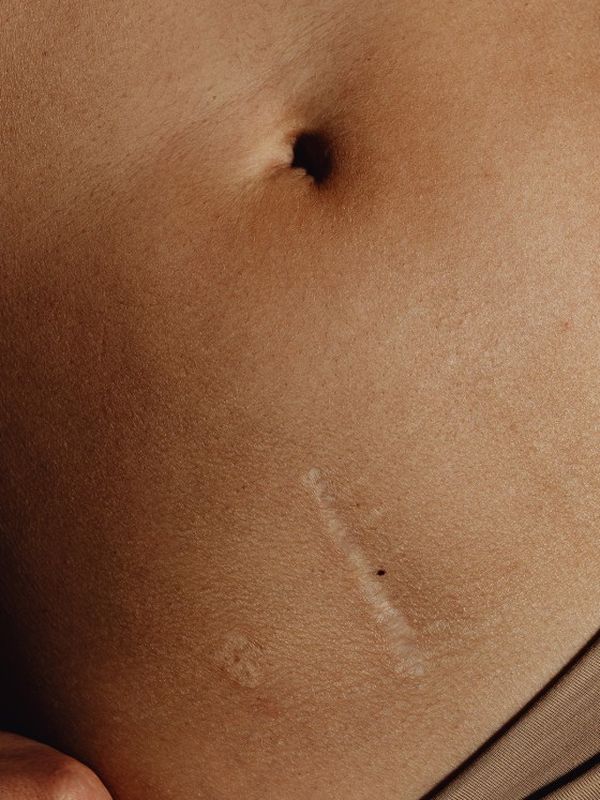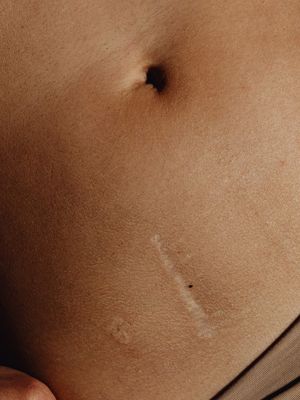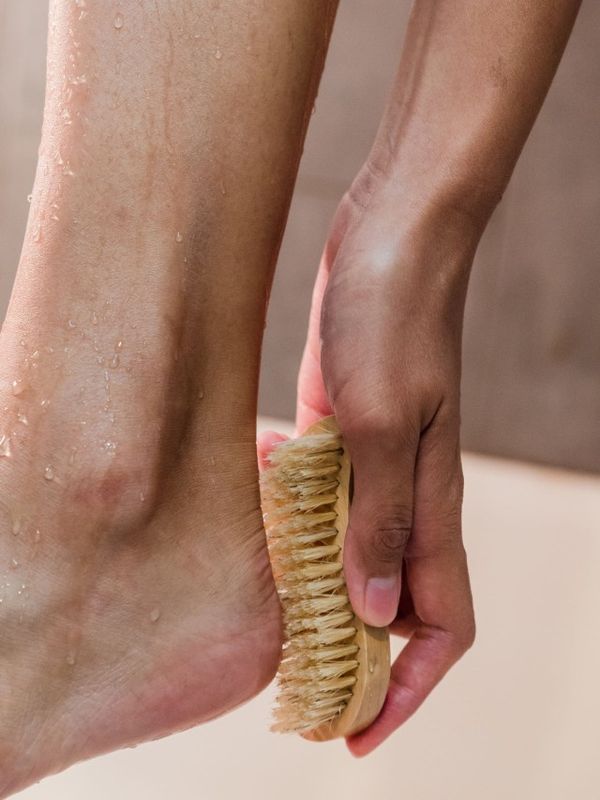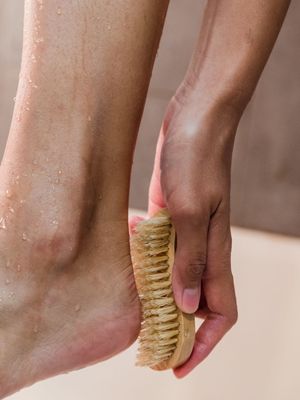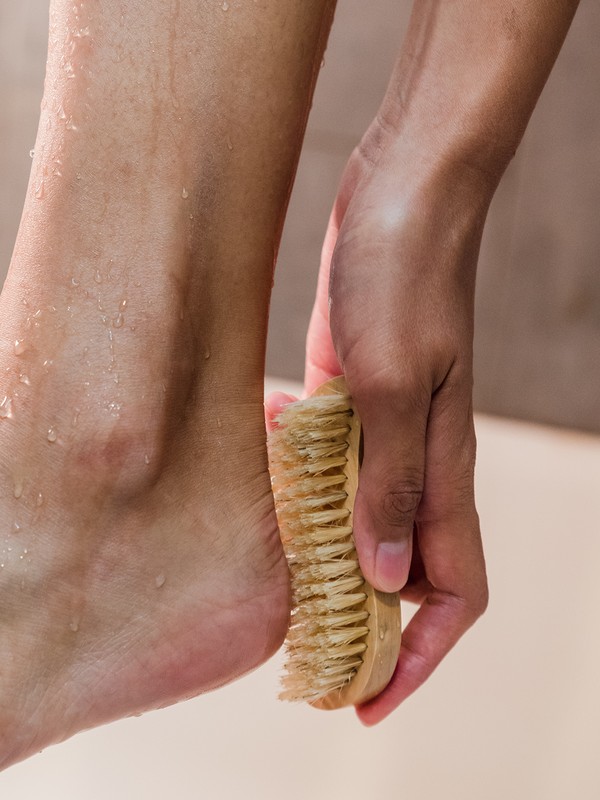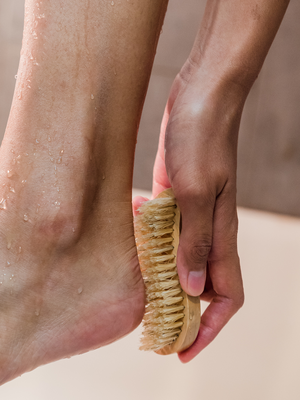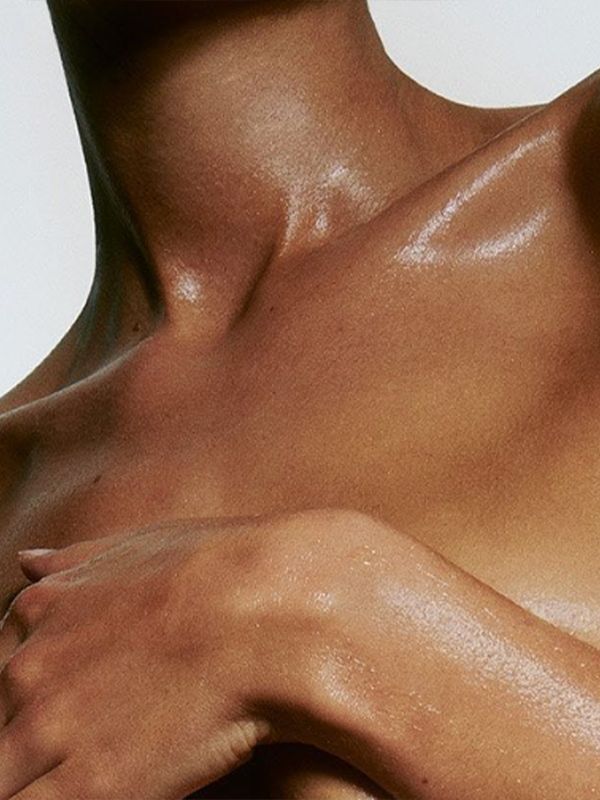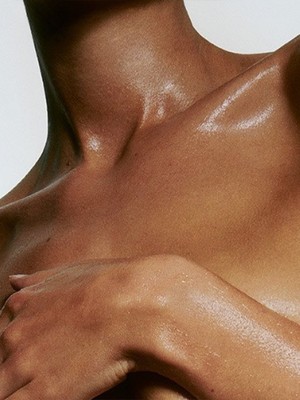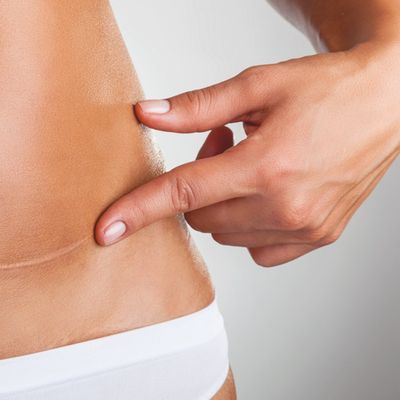
How To Treat Different Scarring, According To A Skincare Expert
Acne Scarring
When you get acne, there is intense inflammation of your skin and a loss of collagen and elasticity, which in turn, causes the collagen to harden and become fibrous. This results in acne scarring. Over time, scars that aren’t really deep will naturally lighten, but one of the best remedies to soften their appearance is simply a teaspoon of lemon juice with two teaspoons of omega oil. It’s a natural approach but more effective than many treatments on the market which can actually further strip the skin. You massage this into your complexion until you can feel all the oil and juice has been absorbed. After 15 minutes, steam your face with a warm compress to remove any residue. The reason this works so well is because lemon juice is a powerful natural lightener, while the vitamin E-rich omega oil is an excellent emollient and helps to reduce inflammation, soften the skin and improve texture and tone. Just be sure you’re applying SPF when using this treatment to prevent further pigmentation forming. Another trick is to use one-part apple cider vinegar to one-part water and apply it as a daily compress for 30 minutes – this is also highly effective at shrinking acne scars over time, without any irritation or dryness.
Elevated Scars
Elevated scars usually occur due to the overgrowth of dense, fibrous tissue after a skin injury heals. Because of this, they don’t often diminish by themselves and usually require intervention to help soften and diffuse them. Key treatments I recommend for this type of scar are micro-needling, acupuncture and dermal rollers – all are highly effective in treating elevated skin and will work to visibly reduce scarring and uneven texture and tone. If you can’t decide which is best for you, a dermatologist will be able to guide you on what’s right, as will the person providing the treatment.
Body Scars & Burns
Again, omega oil is highly effective in treating post-operative and burn scars. This is because all skin cells contain omega oils – in particular, omega 3 and 6. These fatty acids are crucial to our health and cell membrane, which allows nutrients in and waste products out and helps us to retain water. When the skin has been traumatised through surgery, injury or a burn, the skin responds with inflammation, a re-organisation of the collagen that sits in the deeper layers of the skin and ‘neovascularisation’ – a process in which new blood vessels form post-surgery. When you have a skin trauma you need to stimulate the body’s natural collagen production and also help the skin to retain as much moisture as possible. This is why omega oil is so highly effective. High in omegas, vitamin E and protein, it helps the skin to lock moisture in, reduce redness and promote healthy collagen production. Apply it twice a day, every day, as soon as the skin has healed over.
Ice Pick Scars
Ice pick scars are the most severe type of acne scarring and generally appear as thin and flat, but are much deeper than others. They’re often characterised by narrow pitted shapes in the skin and are often caused by severe acne. Because of how impactful they are, micro-needling, laser resurfacing or micro-dermabrasion will be required to gain any visible results. Topical creams and oils won’t work on their own as the scarring is too deep and they simply won’t reach where they need to. Always book in a consultation before going for these treatments to ensure that firstly, you actually have ice pick scars, and secondly that you’re seeking the right treatment for you as an individual – everyone is so different, as is the depth of scarring.
Boxcar Scars
Boxcar scars are incredibly common and usually occur during the healing process. They appear as indents on the skin and tend to measure a few millimetres wide, but the size really depends on how the skin recovers. The most important factor with boxcar scars is to try and control them before they happen – this may be easier said than done, I know, but the deeper the inflammation becomes, the more likely it is to scar upon healing. Never pick or squeeze your acne specifically, as this can result in boxcar scars becoming larger and harder to treat. This is exactly the same for rolling scars which give skin a wavy, bumpy texture, though these often heal better with laser or dermal rolling treatment. You can also try using products that include exfoliating properties such as salicylic and glycolic and again, omega oil (and any other natural oils) can help reduce the inflammation and lock moisture firmly in – this will result in reduced redness and less formation of scar tissue.
Post Inflammatory Hyperpigmentation Scarring
These dark, flat patches are a very common side-effect of acne, and they can also be spotted as dots on the skin. As it’s usually from acne, I recommend the same treatment I suggested for that type of scarring, with lemon juice and omega oil. That aside, it can also be treated with topical creams and treatments that should be prescribed by your GP, dermatologist or pharmacist. Products that include vitamin C, niacinamide, bakuchiol and retinol are worth considering too as these ingredients that can work to fade melanin pigment over time.
Shop Our Edit Of Products Known To Fade & Reduce Scarring Over Time…
DISCLAIMER: We endeavour to always credit the correct original source of every image we use. If you think a credit may be incorrect, please contact us at info@sheerluxe.com.
